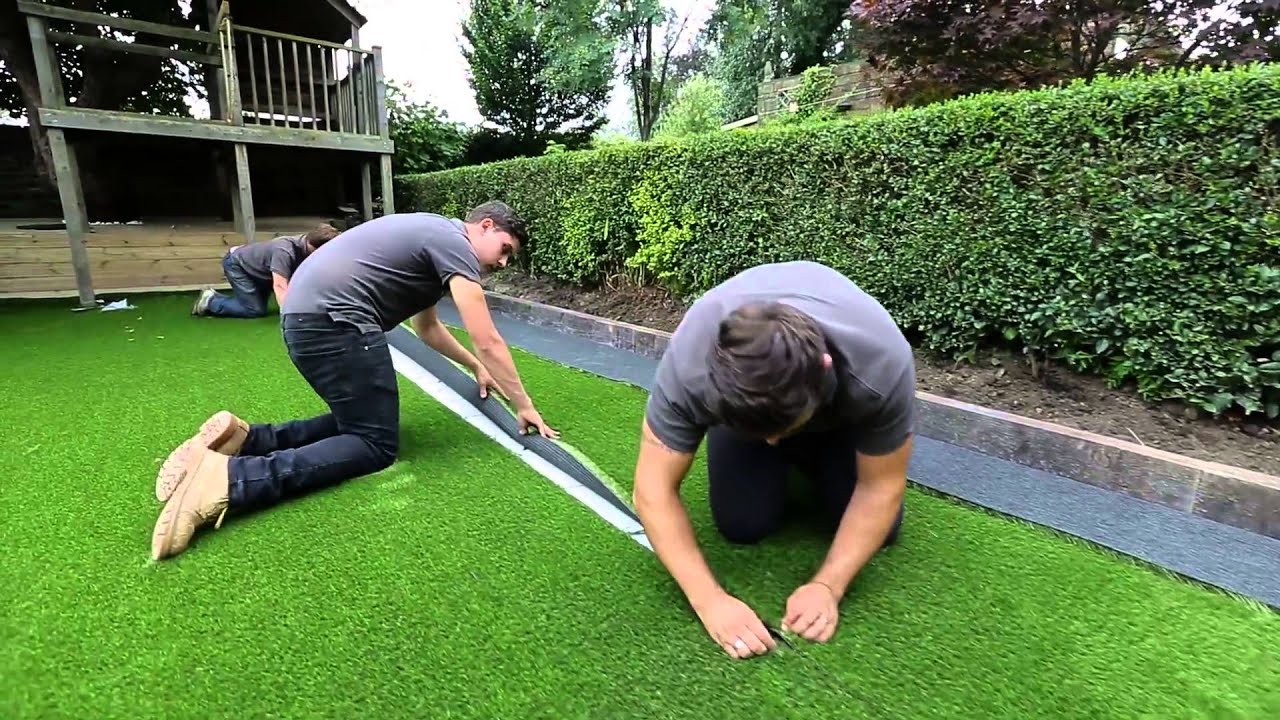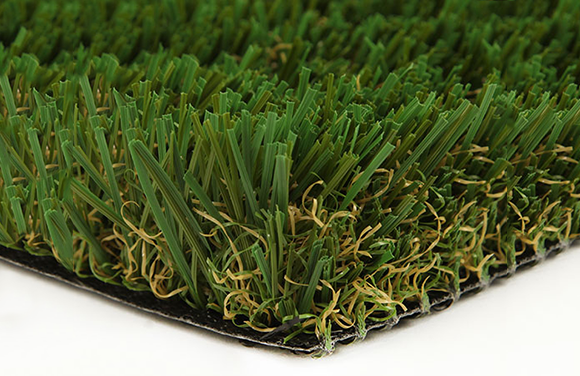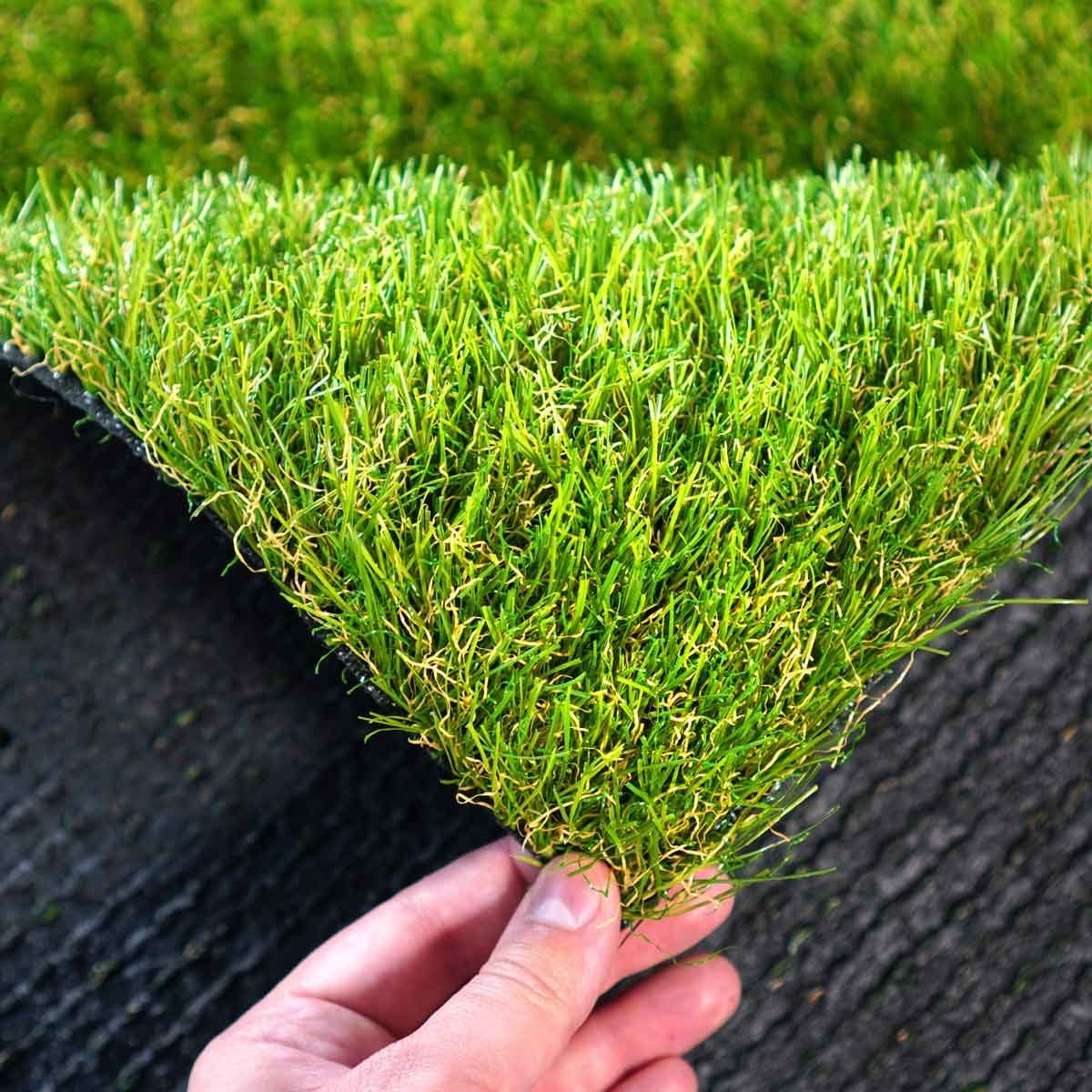See Why Homeowners Prefer Artificial Turf for Lasting Landscape Design Practices
As homeowners progressively prioritize sustainability in landscaping, man-made lawn has actually emerged as an engaging choice to traditional lawn. What continues to be to be discovered is the complete scope of advantages that man-made turf can offer to property owners and the environment alike.
Water Conservation Perks
One of one of the most significant advantages of synthetic grass is its function in water conservation. Traditional turf lawns need significant amounts of water to keep their lavish look, often causing overuse of local water resources, especially in dry areas. On the other hand, synthetic grass eliminates this demand completely, as it does not need watering. This not only conserves water but likewise lowers the pressure on community water supply, especially during drought problems.
Moreover, the installment of synthetic grass can add to a much more sustainable landscape. Homeowners can substantially lower their water expenses, enabling reallocation of sources to other environmental initiatives or house uses. In addition, man-made lawn is designed to withstand various climatic conditions without the need for supplementary watering, making it a suitable choice for regions encountering water scarcity.
The environmental advantages prolong past immediate water cost savings. By lowering water consumption, artificial turf helps to alleviate the effects of climate adjustment, protecting essential ecological communities that are endangered by too much water extraction. As lasting landscaping methods acquire traction, artificial lawn becomes a liable selection for property owners looking for to produce eco-friendly exterior areas.
Lowered Maintenance Efforts
Artificial turf considerably reduces upkeep efforts compared to standard turf yards. With fabricated grass, house owners can eliminate the taxing tasks connected with natural landscaping, such as mowing, fertilizing, and weeding. This not only saves valuable time yet additionally decreases physical labor, making grass treatment easily accessible for individuals of all ages.
Conventional grass need frequent cutting to preserve a visually pleasing height, whereas fabricated grass stays consistently rich without the demand for reducing. Additionally, homeowners no longer need to apply pesticides or plant foods, which are usually needed to maintain natural grass healthy.
Additionally, synthetic grass is resistant and long lasting, requiring very little maintenance past periodic brushing and rinsing to remove debris. This convenience of upkeep permits house owners to enjoy their outside rooms without the continuous fear of maintenance, providing even more time for leisure and family members activities. Inevitably, the decreased maintenance initiatives related to man-made grass make it an attractive alternative for those looking for a low-maintenance, visually appealing landscape.

Environmental Effect Decrease
There is an expanding acknowledgment of the ecological benefits connected with synthetic grass, especially in terms of water preservation and decreased chemical usage. Conventional yards require significant quantities of water, specifically in drought-prone regions, resulting in boosted strain on regional water sources. In comparison, synthetic grass eliminates the need for watering, drastically minimizing water usage and promoting sustainability.
Additionally, traditional yard maintenance usually involves the application of pesticides, herbicides, and fertilizers, which can add to soil and water air pollution. Artificial turf reduces this ecological risk by i thought about this requiring very little maintenance and practically eliminating the need for dangerous chemicals. This not only boosts soil health yet likewise shields neighborhood ecological communities from harmful runoff.
Furthermore, the manufacturing of natural yard yards generally involves making use of fossil gas for trimming and landscaping useful reference devices, further contributing to greenhouse gas discharges. By choosing fabricated turf, homeowners can considerably reduce their carbon footprint related to lawn care activities.
Visual Charm and Adaptability
Along with its environmental advantages, synthetic grass offers significant aesthetic appeal and versatility for landscape design. Homeowners can attain a lavish, environment-friendly appearance year-round, getting rid of the seasonal variations generally related to all-natural yard. This constant aesthetic not just boosts the visual allure of a building however likewise contributes to a well-maintained and sleek look.
In addition, fabricated lawn is offered in a variety of designs, colors, and textures, enabling modification to match specific preferences and layout themes - Phoenix turf companies. Whether utilized in domestic gardens, business spaces, or leisure locations, it can flawlessly incorporate right into varied landscaping layouts, from contemporary minimal to lush tropical setups
The flexibility of fabricated grass expands past plain appearance; it can be installed in numerous areas, consisting of roofs, patios, and even indoor areas, developing possibilities for unique landscaping services. In addition, it is ideal for a series of tasks, from kids's play locations to pet-friendly settings, offering capability without endangering style.
Inevitably, the aesthetic allure and versatility of synthetic grass make it an attractive alternative for home owners looking for sustainable landscape design solutions that do not sacrifice elegance for ecological duty.

Long-Term Price Cost Savings
One of the most engaging benefits of man-made lawn is its capacity for lasting cost financial savings. Unlike natural grass, which requires normal upkeep-- consisting of mowing, watering, fertilizing, and pest control-- synthetic lawn dramatically reduces these recurring expenditures.
Additionally, synthetic grass has a life-span of 15 to 25 years, relying on its top quality and use. This sturdiness minimizes substitute prices, making it a much more cost-effective option over time. The initial investment in synthetic turf can typically be recovered through the savings accrued over time.
While the upfront price might seem higher contrasted to sod installment, the collective savings from decreased maintenance and water usage usually exceed these preliminary expenses. Ultimately, the adoption of synthetic grass not only promotes a official source lasting landscape design remedy yet also supplies property owners an economically smart choice that lines up with lasting budgeting objectives.
Verdict
Synthetic grass emerges as an engaging option for lasting landscape design, supplying substantial benefits in water preservation, lowered maintenance initiatives, and diminished environmental influence. As areas increasingly focus on ecologically pleasant techniques, the adoption of artificial turf stands for a modern step towards accomplishing resistant and sustainable landscapes.
In addition, man-made grass is developed to hold up against various climatic problems without the need for supplemental watering, making it an optimal selection for areas facing water scarcity. (Artificial turf companies phoenix)

Fabricated grass emerges as a compelling choice for sustainable landscape design, providing significant advantages in water preservation, minimized maintenance efforts, and reduced environmental influence.